Blog
https://www.youtube.com/watch?v=n-NwCgAnlRc
more...The Chorus Line Saturday July 22nd at 7pm by Theatre 55 performing outdoors at Caponi Art Park in Eagan. Music by Raymond Berg, Lyra Olson, Clay Pufahl and mick laBriola. Running thru July 23rd. Only two more shows.
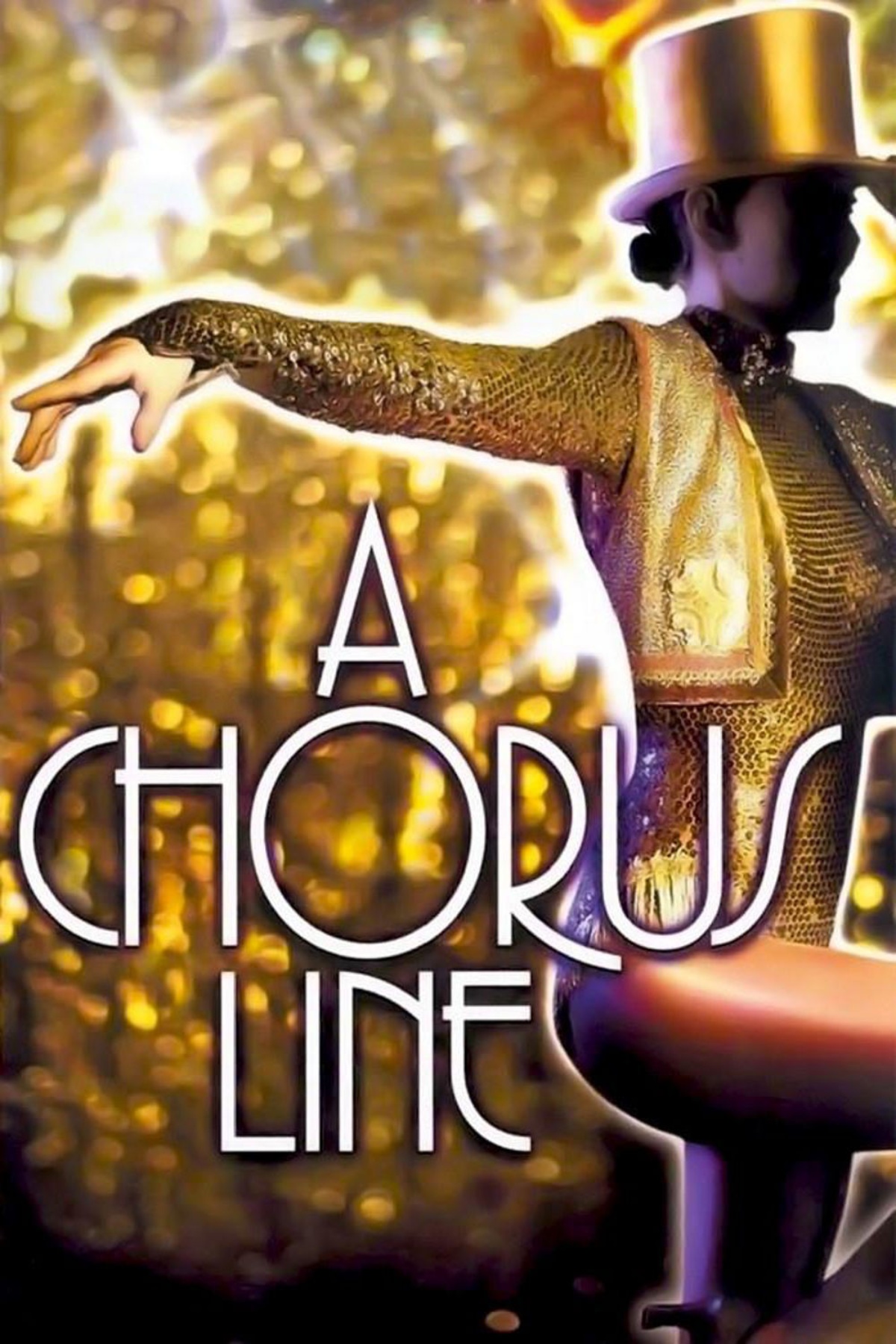
more...
The North America nebula on the sky can do what the North America continent on Earth cannot — form stars. Specifically, in analogy to the Earth-confined continent, the bright part that appears as Central America and Mexico is actually a hot bed of gas, dust, and newly formed stars known as the Cygnus Wall. The featured image shows the star forming wall lit and eroded by bright young stars, and partly hidden by the dark dust they have created. The part of the North America nebula (NGC 7000) shown spans about 15 light years and lies about 1,500 light years away toward the constellation of the Swan (Cygnus).
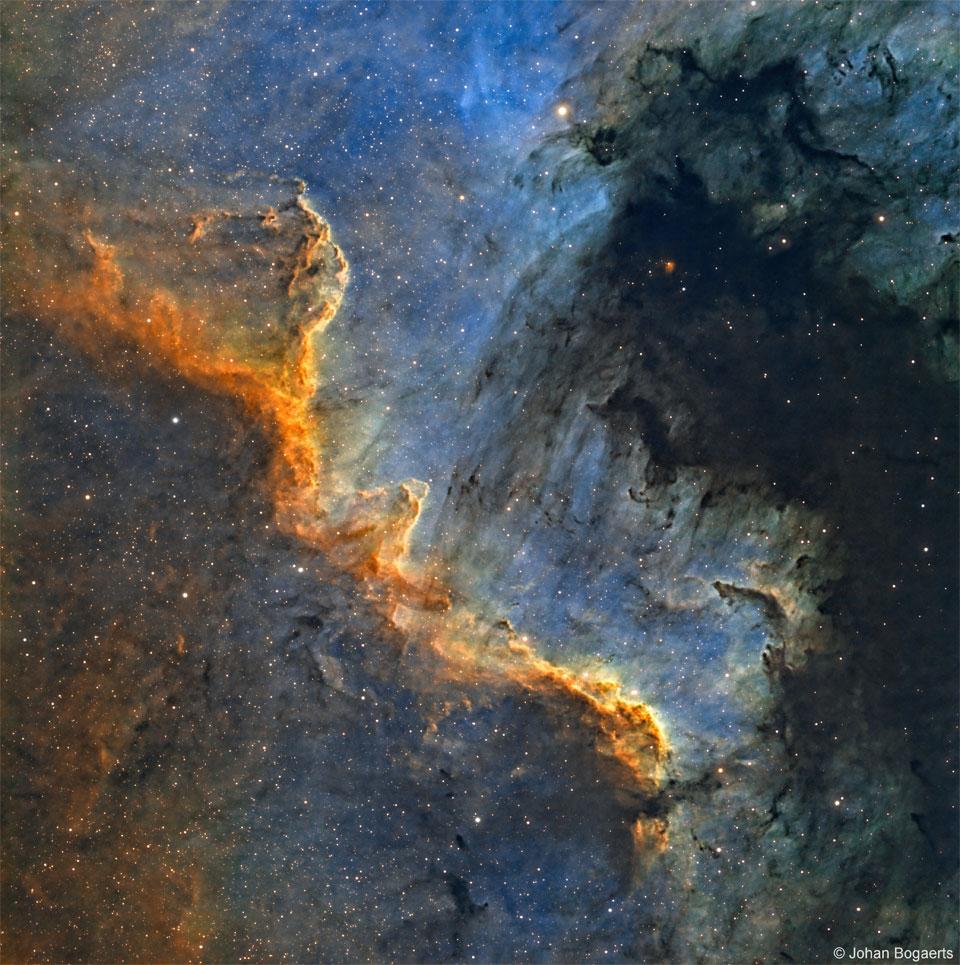
George Edward Clinton (born July 22, 1941) is an American musician, singer, bandleader, and record producer. His Parliament-Funkadelic collective (which primarily recorded under the distinct band names Parliament and Funkadelic) developed an influential and eclectic form of funk music during the 1970s that drew on science fiction, outlandish fashion, psychedelia, and surreal humor. He launched his solo career with the 1982 album Computer Games and would go on to influence 1990s hip-hop and G-funk.
Clinton is regarded, along with James Brown and Sly Stone, as one of the foremost innovators of funk music. He was inducted into the Rock and Roll Hall of Fame in 1997, alongside 15 other members of Parliament-Funkadelic. In 2019, he and Parliament-Funkadelic were given Grammy Lifetime Achievement Awards.
George Edward Clinton was born in Kannapolis, North Carolina, grew up in Plainfield, New Jersey, and currently resides in Tallahassee, Florida. During his teen years, Clinton formed a doo-wop group inspired by Frankie Lymon & the Teenagers called the Parliaments, while straightening hair at a barbershop in Plainfield, New Jersey.
more...Albert Laurence Di Meola (born July 22, 1954) is an Italian American guitarist. Known for his works in jazz fusion and world music, he began his career as a guitarist of the group Return to Forever in 1974. Between the 1970s and 1980s, albums such as Elegant Gypsy and Friday Night in San Francisco earned him both critical and commercial success.
Born in Jersey City, New Jersey, into an Italian family with roots in Cerreto Sannita, a small town northeast of Benevento, Di Meola grew up in Bergenfield, where he attended Bergenfield High School. He has been a resident of Old Tappan, New Jersey.
When he was eight years old, he was inspired by Elvis Presley and the Ventures to start playing guitar. His teacher directed him toward jazz standards. He cites as influences jazz guitarists George Benson and Kenny Burrell and bluegrass and country guitarists Clarence White and Doc Watson.
more...Jimmy Bruno (born July 22, 1953) is an American jazz guitarist from Philadelphia.
Born in Philadelphia, Bruno started playing guitar at the age of 7. He began his professional career at the age of 19, touring with Buddy Rich. He played for many years in Los Angeles before returning to Philadelphia.
He counts as influences Johnny Smith, Hank Garland, Joe Pass, Tal Farlow, Wes Montgomery, Howard Roberts, Jim Hall, and Pat Martino.
In March 2011, he opened Jimmy Bruno’s Guitar Workshop, a web site that allows students to learn from him through video lessons. A student can watch videos of Bruno teaching, record a video, and then send it to him for his review.
more...Don Patterson (July 22, 1936 – February 10, 1988) was an American jazz organist. Patterson played piano from childhood and was heavily influenced by Erroll Garner in his youth. In 1956, he switched to organ after hearing Jimmy Smith play the instrument. In the early-1960s, he began playing regularly with Sonny Stitt, and he began releasing material as a leader on Prestige Records from 1964 (with Pat Martino and Billy James as sidemen). His most commercially successful album was 1964’s Holiday Soul, which reached #85 on the Billboard 200 in 1967.
Patterson’s troubles with drug addiction hobbled his career in the 1970s, during which he occasionally recorded for Muse Records and lived in Gary, Indiana. In the 1980s, he moved to Philadelphia and made a small comeback, but his health deteriorated over the course of the decade, and he died there in 1988.
more...Herman “Junior” Cook (July 22, 1934 – February 3, 1992) was an American hard bop tenor saxophone player.
Cook was born in Pensacola, Florida. A member of a musical family, he started on alto saxophone before switching to tenor during his high school years.
After playing with Dizzy Gillespie in 1958, Cook was a member of the Horace Silver Quintet (1958–1964); when Silver left the group in the hands of Blue Mitchell Cook stayed in the quintet for five more years (1964–1969). Later associations included Freddie Hubbard, Elvin Jones, George Coleman, Louis Hayes (1975–1976), Bill Hardman (1979–1989), and the McCoy Tyner big band.
In addition to many appearances as a sideman, Junior Cook recorded as a leader for Jazzland (1961), Catalyst (1977), Muse, and SteepleChase.
He also taught at Berklee School of Music for a year during the 1970s.
In the early 1990s, Cook was playing with Clifford Jordan, and also leading his own group. He died in February 1992 in his apartment in New York City, aged 57.
more...The Chorus Line Friday July 21st at 7pm by Theatre 55 performing outdoors at Caponi Art Park in Eagan. Music by Raymond Berg, Lyra Olson, Clay Pufahl and mick laBriola. Running thru July 23rd. Only three more shows.
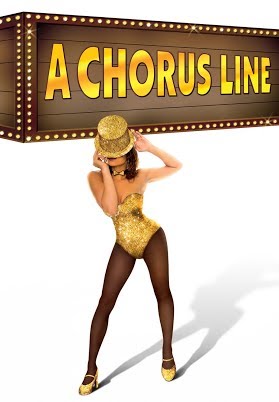
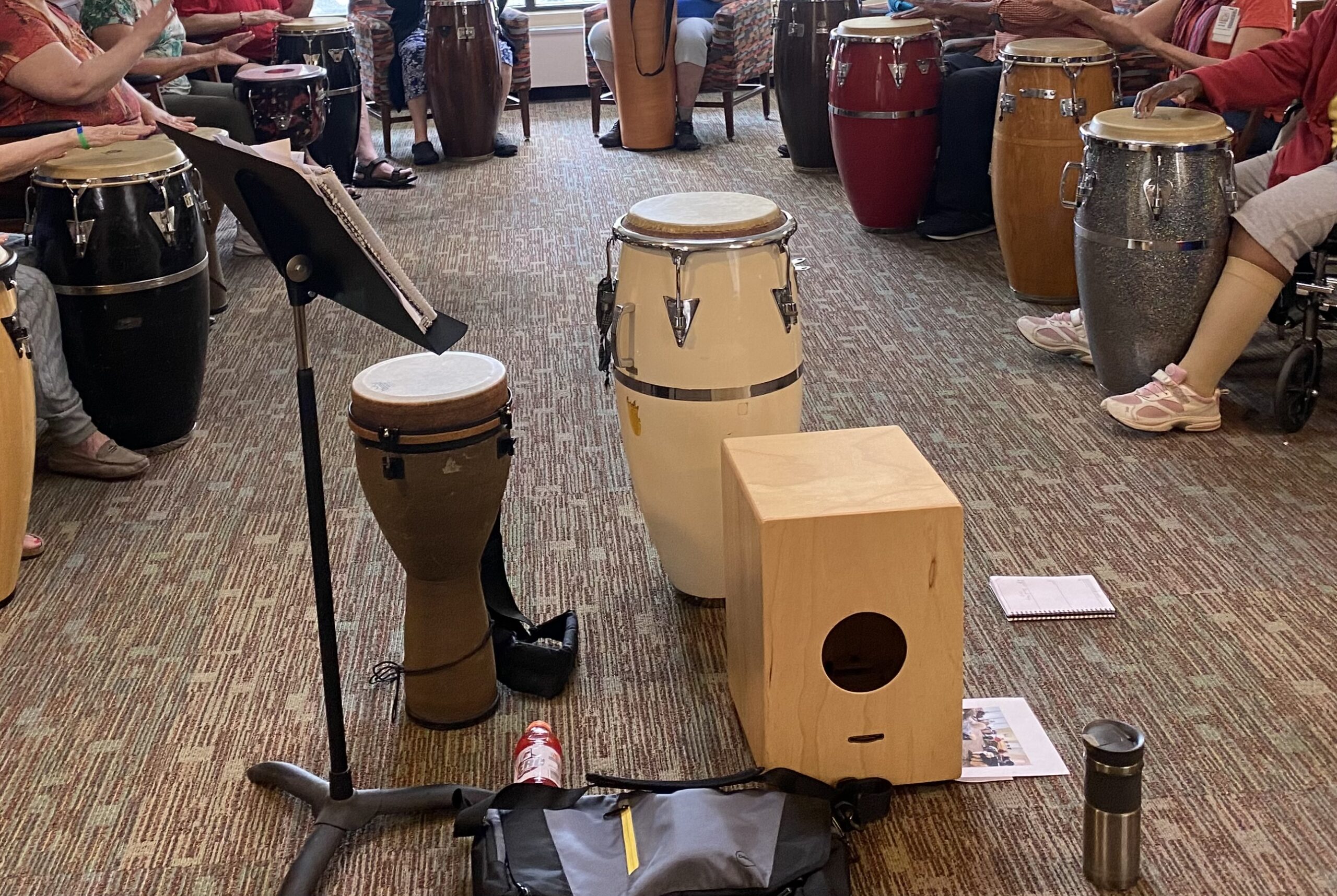
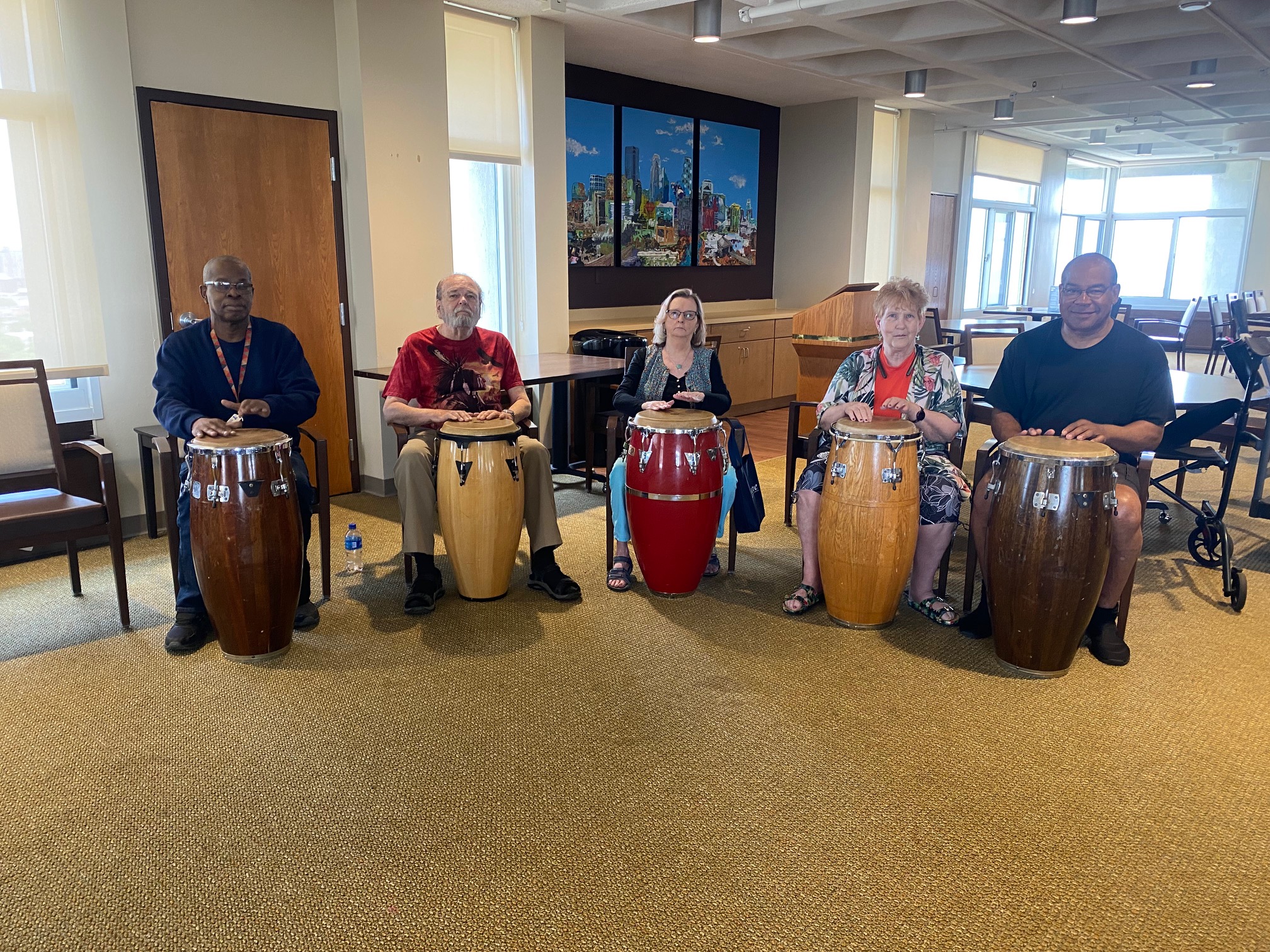
NGC 4945 (also known as Caldwell 83) is a barred spiral galaxy in the constellation Centaurus, visible near the star Xi Centauri.The galaxy was discovered by James Dunlop in 1826 and is thought to be similar to the Milky Way Galaxy, although X-ray observations show that NGC 4945 has an unusual energetic Seyfert 2 nucleus that might house a supermassive black hole. Around the nucleus of the galaxy, there is a dense disk of dust and gas, along with many dense star clusters. 11.7 Mly
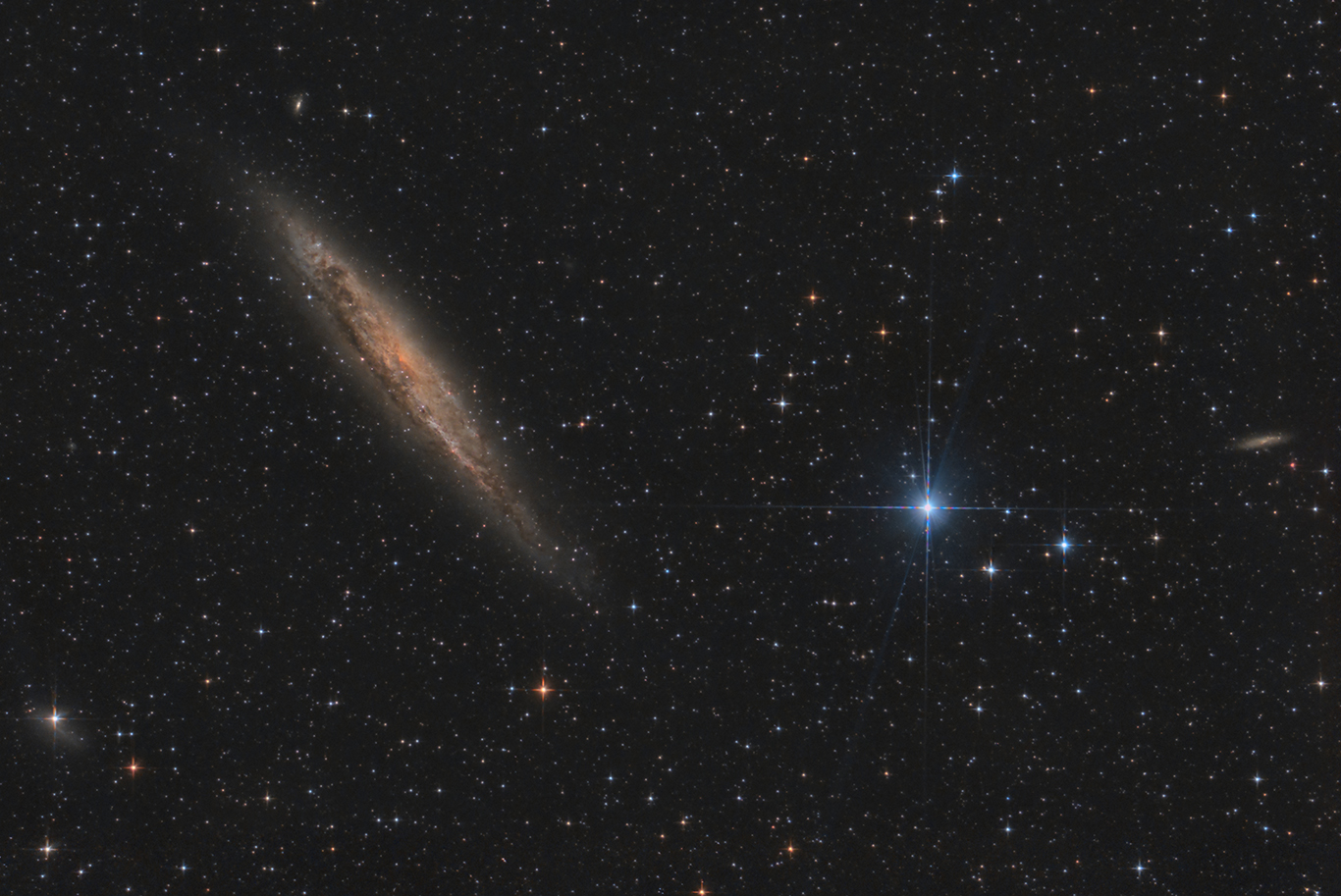
more...
Known for blues-drenched jazz and jazz-drenched blues, Floyd McDaniel was a part of the Chicago scene for most of his 80 years. The singer/guitarist was born in Athens, Alabama but spent much of his life in the Windy City, where he’d moved to when he was 15, in 1930. As a teenager, McDaniel played and sang the blues on the streets of Chicago, and in 1933, he joined a washboard band called the Rhythm Rascals. In the early ’40s, McDaniel learned to play the electric guitar and joined the Four Blazes, a jump blues combo that later became the Five Blazes and recorded for Aristocrat in 1947 and United Artists in 1952-1953. The Blazes went through their share of personnel changes; some of the artists McDaniel played with in the group included bassist Thomas Braden and pianist Ernie Harper. After the Blazes drifted apart in the late ’50s, McDaniel was involved in a variety of activities, including operating a tavern on Chicago’s South Side in the ’50s and ’60s and playing with a version of the Ink Spots in the ’70s. In the ’80s, McDaniel joined forces with Dave Clark, a veteran tenor saxophonist who ended up joining McDaniel’s final group, the Blues Swingers. McDaniel, who recorded for Delmark in the 1990s, died in Chicago on July 23, 1995, only two days after his 80th birthday.
more...Yusuf Islam (born Steven Demetre Georgiou; 21 July 1948), commonly known by his stage names Cat Stevens, Yusuf, and Yusuf / Cat Stevens, is a British singer-songwriter and musician. To date, he has sold over 100 million records and has over 2 billion streams. His musical style consists of folk, pop, rock, and, later in his career, Islamic music. Following two decades in which he only performed music which met strict religious standards, he returned to making secular music in 2006.He was inducted into the Rock and Roll Hall of Fame in 2014.
His 1967 debut album and its title song “Matthew and Son” both reached top ten in the UK charts. Stevens’ albums Tea for the Tillerman (1970) and Teaser and the Firecat (1971) were certified triple platinum in the US. His 1972 album Catch Bull at Four went to No.1 on the Billboard 200 and spent weeks at the top of several other major charts. He earned ASCAP songwriting awards in 2005 and 2006 for “The First Cut Is the Deepest“, which has been a hit for four artists. His other hit songs include “Father and Son“, “Wild World“, “Moonshadow“, “Peace Train“, and “Morning Has Broken“.
Stevens converted to Islam in December 1977, and adopted the name Yusuf Islam the following year.In 1979, he auctioned all of his guitars for charity, and left his musical career to devote himself to educational and philanthropic causes in the Muslim community. He has since bought back at least one of these guitars as a result of the efforts of his son Yoriyos. He was embroiled in a long-running controversy regarding comments he made in 1989, about the death fatwa placed on author Salman Rushdie in response to the publication of Rushdie’s novel The Satanic Verses. He has explained the incident stating: “I was cleverly framed by certain questions. I never supported the fatwa.” He has received two honorary doctorates and awards for promoting peace as well as other humanitarian awards.
In 2006, he returned to pop music by releasing his first new studio album of new pop songs in 28 years, entitled An Other Cup. With that release and subsequent ones, he dropped the surname “Islam” from the album cover art – using the stage name Yusuf as a mononym. In 2009, he released the album Roadsinger and, in 2014, he released the album Tell ‘Em I’m Gone and began his first US tour since 1978.His second North American tour since his resurgence, featuring 12 shows in intimate venues, ran from 12 September to 7 October 2016. In 2017, he released the album The Laughing Apple, now using the stage name Yusuf / Cat Stevens, using the Cat Stevens name for the first time in 39 years. In September 2020, he released Tea for the Tillerman 2, a reimagining of his classic album Tea for the Tillerman to celebrate its 50th anniversary, and in June 2023, King of a Land, a new studio album.
more...Conrad Yeatis “Sonny” Clark (July 21, 1931 – January 13, 1963) was an American jazz pianist and composer who mainly worked in the hard bop idiom.
Clark was born and raised in Herminie, Pennsylvania, a coal mining town east of Pittsburgh. His parents were originally from Stone Mountain, Georgia. His miner father, Emery Clark, died of a lung disease two weeks after Sonny was born. Sonny was the youngest of eight children. At age 12, he moved to Pittsburgh.
While visiting an aunt in California at age 20, Clark decided to stay and began working with saxophonist Wardell Gray. Clark went to San Francisco with Oscar Pettiford and after a couple months, was working with clarinetist Buddy DeFranco in 1953. Clark toured the United States and Europe with DeFranco until January 1956, when he joined The Lighthouse All-Stars, led by bassist Howard Rumsey. Clark died in New York City on January 13, 1963 (aged 31). The official cause was listed as a heart attack, but the likely cause was a heroin overdose.
more...The city of Huelva on the coast of Spain between Portugal and Cádiz is closely identified with the Fandangos. There are 32 types of Fandangos de Huelva, each associated with a different part of the city, the nearby mountains or coast, or with individual artists. The underlying form for all these Fandangos is the same, and the variations are in the melodies, lyrics, and the supporting harmony. The most frequently performed version of the Fandangos de Huelva is the Fandangos de Alosno, named for a village north of Huelva.
The most common setting for Fandangos de Huelva is a group of friends gathered around a table after a meal or drinks. The guitarist provides constant accompaniment while individual singers provide letras or the group sings in chorus.
The dance is popular during the annual pilgrimage to Rocio – the Romería del Rocio. Participants in this event dress in traditional costume and travel on foot, by car or in brightly decorated horse- or ox-drawn wagons. All converge in the city of Rocio to participate in a weekend of religious ritual and fun.
Today, the dances and songs are also popular in Spanish dance companies and in smaller flamenco performances, and are mostly accompanied by the guitar, cante, and castanets.The copla consists of five eight syllable lines. One line of the verse is usually repeated, making a six line verse.
The underlying form of Fandangos de Huelva is the underlying form for all Fandangos Comarcales.
Some artists have modified this form slightly. For example, cantaor Paco Toronjo, a singer closely associated with Fandangos, would often begin a Fandangos by singing por Siguiriyas.
more...This magnificent spiral galaxy is Messier 64, often called the Black Eye Galaxy or the Sleeping Beauty Galaxy for its dark-lidded appearance in telescopic views. The spiral’s central region, about 7,400 light-years across, is pictured in this reprocessed image from the Hubble Space Telescope. M64 lies some 17 million light-years distant in the otherwise well-groomed northern constellation Coma Berenices. The enormous dust clouds partially obscuring M64’s central region are laced with young, blue star clusters and the reddish glow of hydrogen associated with star forming regions. But imposing clouds of dust are not this galaxy’s only peculiar feature. Observations show that M64 is actually composed of two concentric, counter-rotating systems. While all the stars in M64 rotate in the same direction as the interstellar gas in the galaxy’s central region, gas in the outer regions, extending to about 40,000 light-years, rotates in the opposite direction. The dusty eye and bizarre rotation are likely the result of a billion year old merger of two different galaxies.
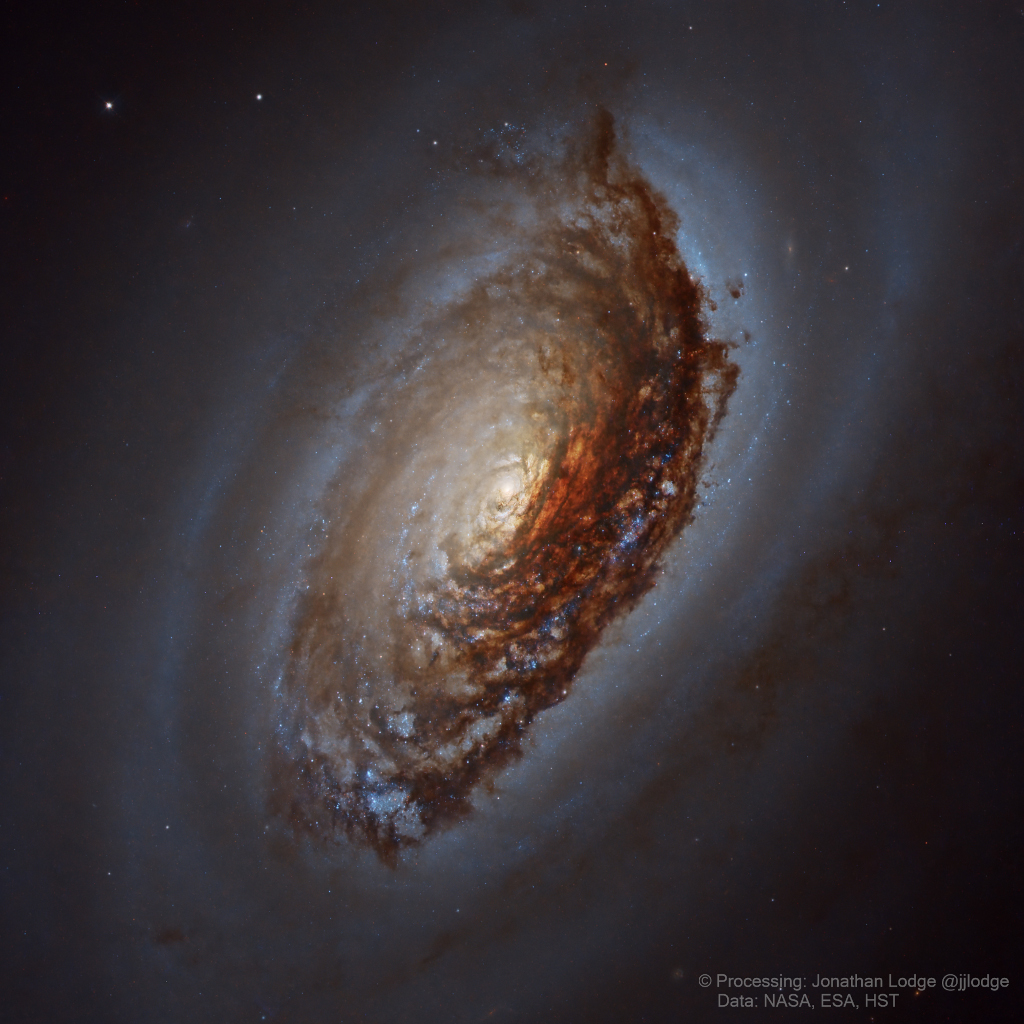
more...
More Posts
- Cosmos M81/82
- Stewart Copeland
- Little Caesar [Carl Burnett]
- Lucky Thompson
- World Music Irish Rovers
- Daily Roots Israel Vibration
- Cosmos IC 1871
- Harry Nilsson
- Nasheet Waits
- Errol Garner
- Jaki Byard
- World Music Dizzy Mandjeku · Odemba OK Allstars
- Daily Roots Prince Far I
- Temple Israel Erev Shabbat Service
- Cosmos RWC 85
- Papa Wemba
- Marcus Miller
- Kenny Drew Jr
- Flamenco Fridays Camarón y Paco Cepero Turronero
- Daily Roots Phillip Frazer